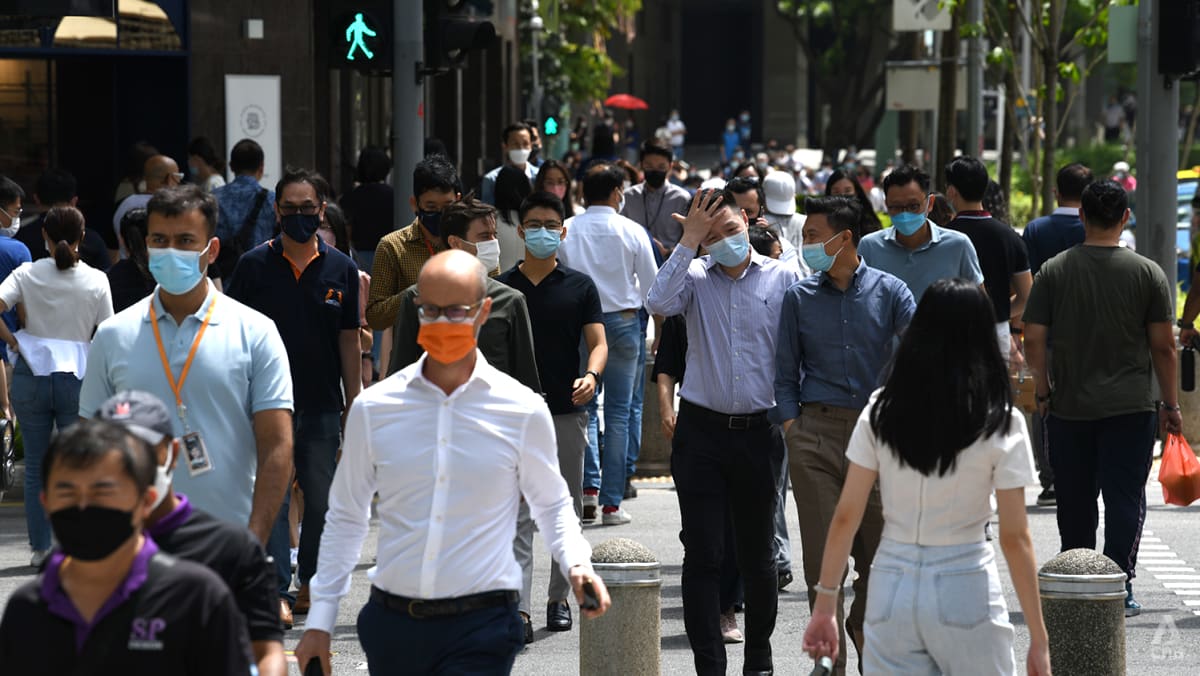EMERGING UNCERTAINTIES
Yet despite the strength of its economy and urban infrastructure, Singapore continues to face challenges in building up urban resilience to climate change.
For instance, FM Global’s Global Resilience Index ranks Singapore 56th in its resilience measures for climate change. The index had assessed that Singapore is highly exposed to climate-related risks such as rising temperatures and sea levels.
Urban heat is a particular challenge for Singapore. In a recently released Savills Heat Resilience Index ranking, Singapore was placed 19th out of 30 global cities for its preparedness to deal with extreme urban heat.
Singapore’s vulnerability to climate change is hardly surprising. Steps are already being taken to strengthen Singapore’s overall resilience to climate change in the form of the government’s Green Plan 2030.
Despite these efforts, the reality is that climate change is a “wicked” policy problem that is difficult to predict and at the same time brings significant disruption across society.
For instance, climate scientists have in recent years realised that the rise of global temperatures and seawater levels have been accelerating at a much faster pace than previously thought. A study published in the Oxford Open Climate Change last year found that global temperatures have risen much more steeply than previously expected.
Unlike economic uncertainty or security threats, the potential threats from climate change are hard to predict and quantify, presenting policymakers with constantly shifting targets and goalposts.
This is unlike economic crises, where economists are frequently able to make fairly accurate projections by assessing financial and economic data. Climate change data tends to be much less stable or predictable. This is an important point to note.
In his seminal work Risk, Profit and Uncertainty, American economist Frank Knight makes an important distinction between “risk” and “uncertainty”. While risk can be measured and quantified, there are no statistical means for measuring or projecting uncertainty.
Perhaps the most famous example of such uncertainty is the “black swan”, which was identified by statistician Nassim Taleb as a highly disruptive event that cannot be predicted ahead of time.
In other words, there are some threats or “risks” that can be predicted with some statistical certainty. In other instances, such as climate change, potential threats are better characterised as “uncertainties” that cannot be predicted or measured.
In light of this knowledge, what can policymakers do to build cities and communities that are more resilient to black swans and uncertainty? Can we truly inoculate ourselves against threats that have yet to be conceived, let along understood and predicted?

